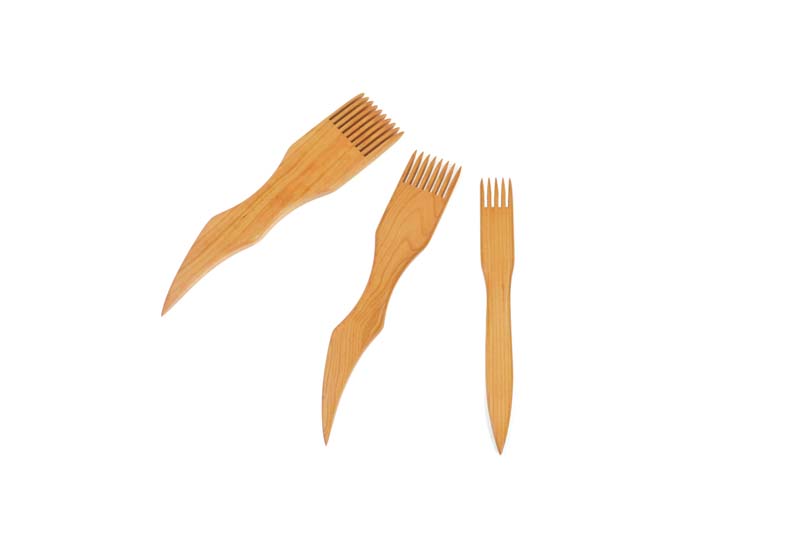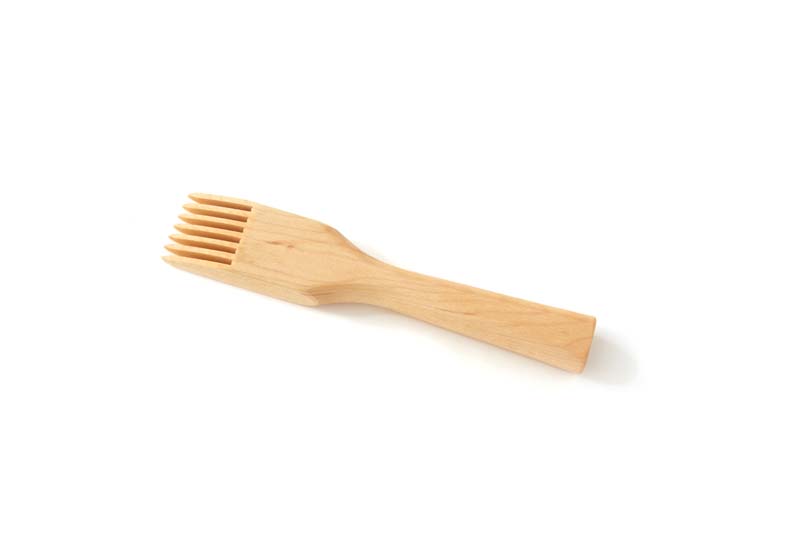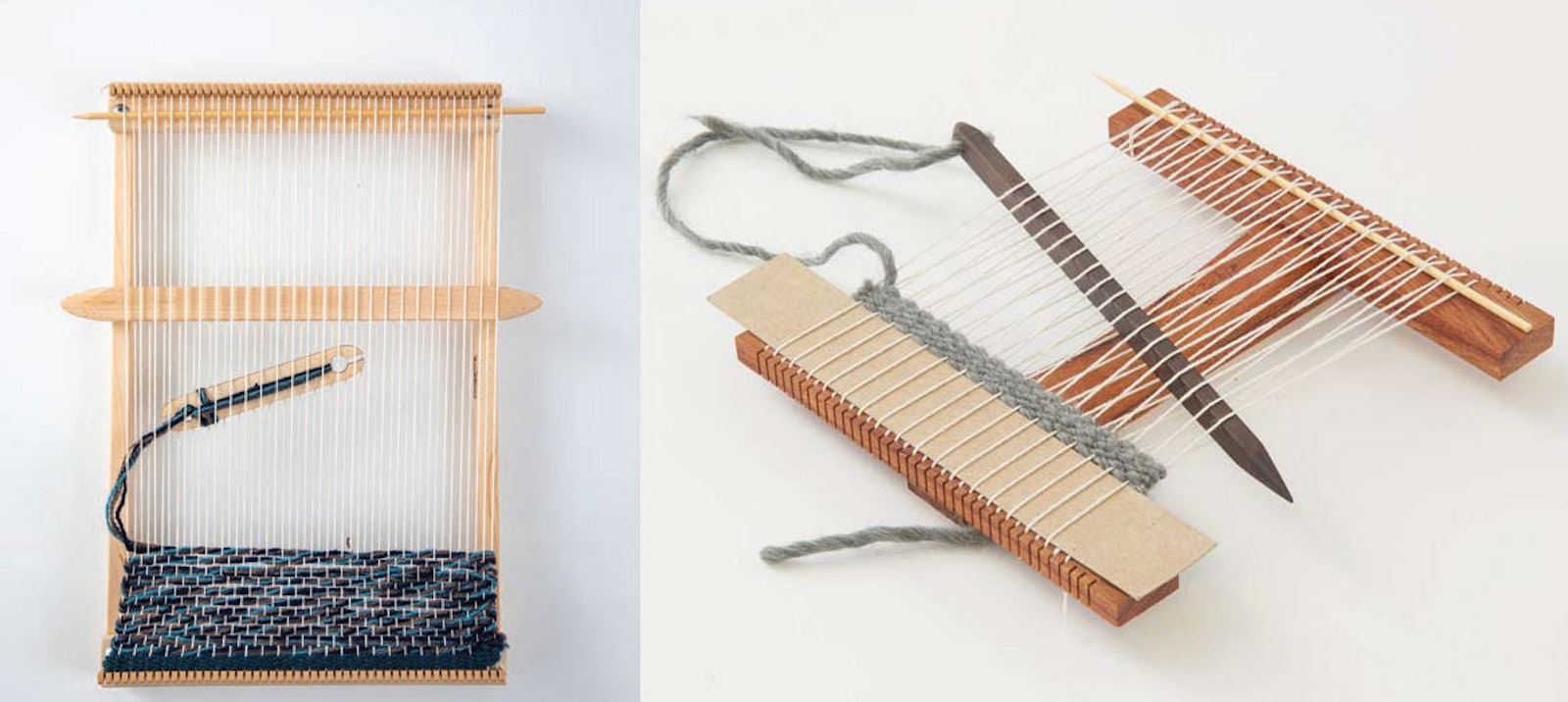I don't know what it is about summer, but it always makes me feel like weaving tapestry. I think it's because I can take my tiny I-Loom with me outside where I can weave as I watch my children play. Maybe it's because it's so easy to incorporate natural found objects into tapestry pieces. Whatever it is, I certainly have tapestry on the mind, and I'm sure I'm not the only one. So what better time than summer to go over the basics of what you need to get started weaving tapestry.
MUST-HAVES:
1. LOOM
Looms used for simple tapestry are the most basic of tools, just enough to hold the warp evenly spaced and under tension for your creative endeavors. For the pieces demonstrated here, a frame loom or lap loom will do the trick. Some tapestry looms have another element, a mechanism for holding heddles and a shed. Another fun option is a circular loom, which holds the warp threads in a radiating pattern.
2. NEEDLE
Depending on your yarn and the width of your warp, you may be able to use a typical tapestry needle or longer weaving needle to pass the weft.
Weaving needle Photo credit: Geoege Boe
3. SHED STICK
A smooth piece of wood longer than the width of your warp, this will hold one of the weaving sheds open, making half of the weft passes a cinch. Most weavers use a pick-up stick for this purpose.
4. STICK SHUTTLES
Although you could use a needle to place each pick, the short lengths of yarn involved can make for a lot of ends to weave in. A shuttle will hold more yarn and be easier to pass through the warp.
5. LOOM
Majacraft Circular Loom 7" (available from The Woolery)
Majacraft Circular Loom 7". Photo courtesy of the Woolery
NICE TO HAVE:
1. TAPESTRY BOBBINS
Special tapestry bobbins help the yarn pass between warp threads.
2. WEAVING FORK, COMB, OR BEATER
To press the weft into place, you will need a device that slips between the weft threads easily. You could use a dining fork, but a specially made tapestry fork is more efficient.

Navajo Weaving Forks. Photo courtesy of the Woolery

Schacht Tapestry Beater. Photo courtesy of Schacht



